#Spanish History
Text
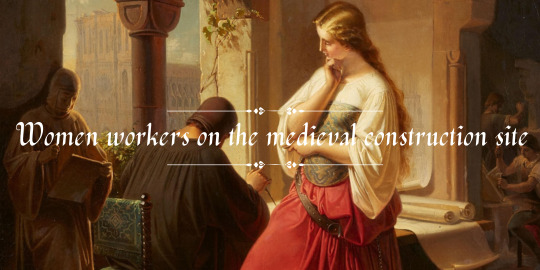
"Women could be found working on construction sites, if only occasionally, including in specialized roles such as carpenters and masons. The research is found in the article, “Appropriate to Her Sex?” Women’s Participation on the Construction Site in Medieval and Early Modern Europe,” by Shelley E. Roff.
She surveyed a wide variety of records from throughout Western Europe, including tax records, inventories of wages paid on construction sites, and municipal accounts, and discovered numerous instances of women working alongside men on construction sites as far back at the 13th century. Most of these women were employed as day laborers, carrying out tasks such as moving water and building supplies around the sites, digging ditches and serving as assistants to bricklayers and stonemasons. For example, in the Spanish city of Seville during the 14th century, women were hired to dig trenches for the foundation of a new city wall, while at the nearby city of Toledo, one or two women were hired each day for the construction of the city’s cathedral, where they gathered lime and worked on the roof. Meanwhile in the French city of Toulouse, almost half the laborers working on the Perigord college site were women. Ross also finds several examples from England and Germany.
Roff notes that previous historians have seen many examples of women working on construction sites in their research, but they had believed that these were just abnormal exceptions caused by economic crises, or because the male population had been killed off through war or disease. But her new study suggests that women construction workers were more than just odd occurences. She explains that “the expansion of urban centers starting in the thirteenth century set off a trend of increasing female employment for day laborers and in the crafts, which only began to contract on occasion for women working in the crafts in the sixteenth century with ensuing economic crises.”
She also notes that in almost all accounts surveyed, the women were paid at a lower rate than the men, which would make the “a cost-effective solution” for site supervisors looking for ways to reduce expenses. The women who took these jobs would have come from society’s poor – those women who could not maintain their households and families just from their husbands’ (if they had one) income.
Roff also finds records showing women taking part in specialized building trades. In London in 1383, Katherine Lightfoot is recorded as the supplier of 2,000 painted tiles for bath in the King’s palace. Meanwhile, tax records from Paris during the years 1296 and 1313 reveal the existence of two female masons, a tiler and a plasterer. These women were not poorer individuals, rather they were the wives of male craftsman, and in some cases their widows. The 15th-century French writer Christine de Pizan noted in her book The Treasury of the City of Ladies that craftswomen, “should learn all the shop details so that she can properly supervise the workers when her husband is away or not paying attention.”
Women workers could be found on the medieval construction site, Medievalists.net
#history#women in history#women's history#working women#historyedit#middle ages#medieval women#medieval history#european history#french history#spanish history#historical#historyblr
419 notes
·
View notes
Text
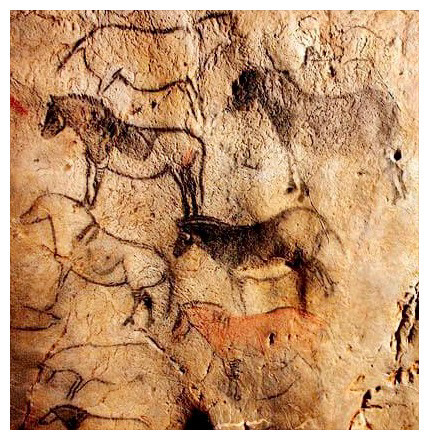
Cave Paintings
Ekain Cave, Sastarrain Valley, Spain
Magdalenian period (10,000- 14,500 years ago)
#ekain cave#spain#art history#horse#petroglyphs#cave art#cave paintings#beautiful horse#beautiful animals#early humans#aesthetictumblr#spanish history#spanish art#tumblraesthetic#tumblrpic#tumblrpictures#tumblr art#tumblrstyle#artists on tumblr#aesthetic#beauty#ancient art
409 notes
·
View notes
Text
fun fact there is a spanish painter called Antonio López García who paints incredibly hyperrealistically and is so well known and demanded that the spanish royal family asked him to paint them and it took him actual literal 20 years to finish it and it is a fucking banger
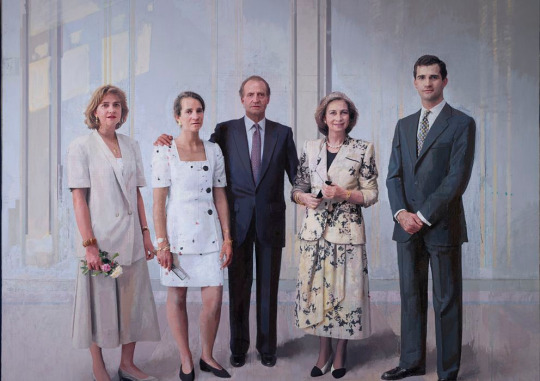
To put into perspective how long it took him. Google wasn't a thing when he started the painting

And this is a picture of the royal family that was taken the year the painting was finished and put in the royal palace in Madrid, in 2014
He's also got other famous paintings, like this one of one of the main roads in Madrid completely devoid of cars that was finished 40 years before the pandemic, where the landscape would become a reality

#nathan's notes#history#spanish history#antonio lopez#i don't know I just felt like talking about this guy#we talked about him in my art history class and i think he's very cool#he's still alive btw
393 notes
·
View notes
Text
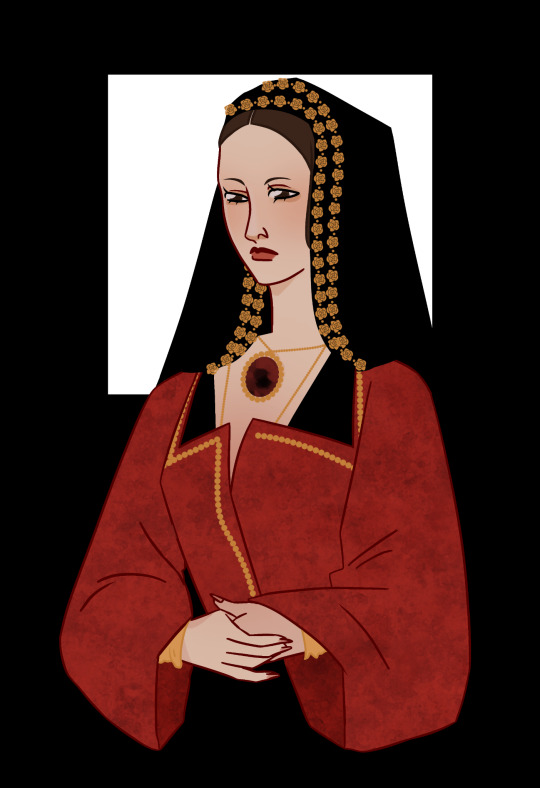
#history art#juana i of castile#art#digital illustration#taniata's art#spanish history#women in history
84 notes
·
View notes
Text


"Intellectually, Katharine was very much a woman of ‘the Renaissance’. It was curiously appropriate that she had been born at Alcalá de Henares, where in 1499 the most advanced university in Spain was established (La Universidad Complutense). In the years 1502–22, the university produced the celebrated ‘Polyglot Bible’, in which the Old Testament was printed in Caldean, Hebrew, Greek and Latin and the New Testament in Greek and Latin; it was one of the emblematic works of what was called ‘the New Learning’, the rediscovery of the culture and values of classical antiquity and their application to the contemporary world. Katharine knew Cardinal Francisco Jiménez de Cisneros, who had supervised the project – indeed, she had been born in his palace – and came in time to form friendships with some of the leading members of the great generation of humanist scholars who were transforming European letters – Antonio de Nebrija and Juan Luis Vives among the Spaniards; Thomas More and John Colet among the Englishmen. Indeed, Katharine was part of a generation in Spain which was learning to value women in quite a new way; as an expression of this, the University of Alcalá (like that of Salamanca) even appointed women to professorial chairs. Truly, the world was changing at an astonishing rate."
Patrick Williams, Katharine of Aragon: The Tragic Story of Henry VIII's First Unfortunate Wife
#catherine of aragon#katherine of aragon#catalina de aragon#francisco jiménez de cisneros#spanish history#renaissance
63 notes
·
View notes
Text
Another of my favorite etymologies is el aquelarre which is "a coven (of witches)"
It is most likely derived from Basque where it meant "meadow of the male goat", almost definitely a reference to the Devil and how Christianity turned former symbols into devil motifs
The word "aker" as "billy goat" or "male goat" also appears in Akerbeltz, which means "black goat" and it was something very similar to Pan in Greek mythology (and other European mythologies), where it was a symbol of animals and nature; then Christianity came in and turned the goat into one of the symbols of the Devil [horns, goat motifs, cloven feet/having hooves], and so the Akerbeltz became a symbol of demon worship by pagans
Again, common in other European countries where different horned animals or deities were linked to devil worship because Christianity
The word aquelarre also can mean "witches' Sabbath", where supposedly witches met to reaffirm their vows - like the opposite of nuns. Usually these supposed meetings were in fields or forests or in the mountains [like Bald Mountain in Slavic folklore, or something similar to Walpurgis Night in Germanic folklore]
97 notes
·
View notes
Text
So I was watching one of those movie channels today and uh I noticed something interesting in Cinderella (2015):


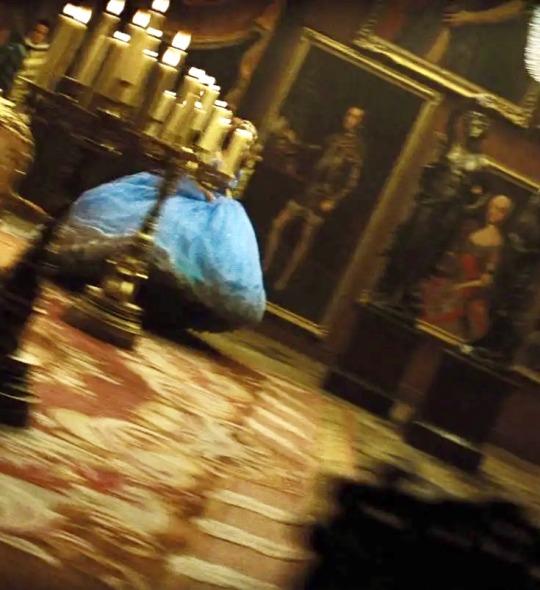

Phillip II of Spain cameo
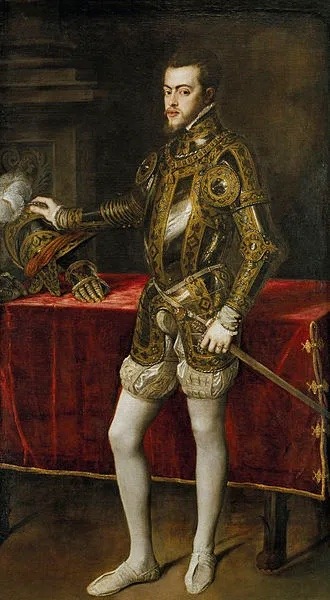
Of course he’s in a fucking Princess movie. Of course
#philip ii of spain#mary i#cinderella#cinderella 2015#catherine of aragon#anne boleyn#tudor history#henry viii#the tudors#english history#tudor era#jane seymour#tudor rose#tudor period#tudor england#spanish princess#spain#spanish art#spanish history
64 notes
·
View notes
Text
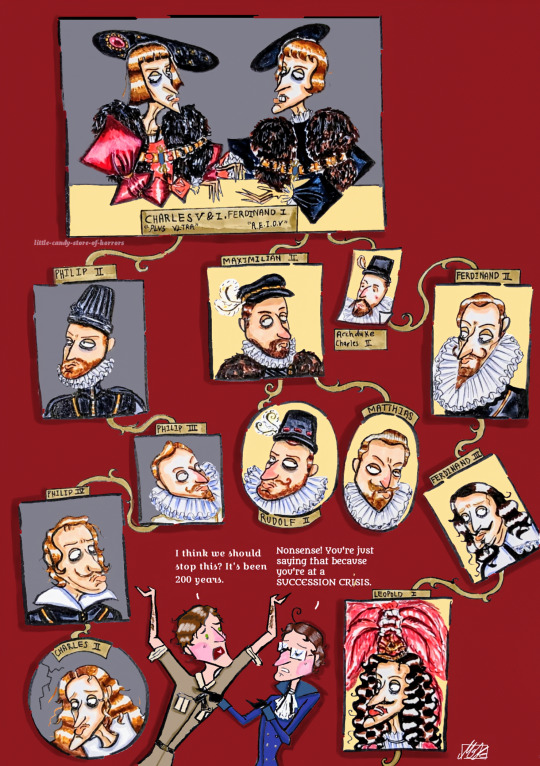
"Bella gerunt alii, tu felix Austria nube!"
Day 6 of @spaus-week 's challenge
"Let others wage war, you, happy Austria, marry!" Was the political strategy of the Habsburgs, and marry did the House of Austria! Infamously, scandalously, sensationally. A mangled wreath of a family tree. We all know this horror story. And we all know the bitter end.
After Emperor Charles V&I divided his Spanish and Austrian inheritance ((also gained through his parents' and grandparents' marriages)) to his descendants and those of his younger brother Ferdinand I respectively, the Habsburg dynasty split into two branches. The Spanish and Austrian Habsburgs notoriously intermarried for generations, right up till Charles II of Spain whose heirless death in 1700 sparked the War of the Spanish Succession. The inbreeding and this informal Latin motto behind it has been blamed to hell and back for their implosion, for the physical ugliness that ran in this royal bloodline. But it is not to say the Habsburgs never went to war, nor that dynastic marriage was a political strategy unique to them! But they were, if anything, bloody successful at it seeing how they did rule half of Europe for 200 years, and then a lot of it in the Austrian line for another 200. Before anyone figured out inbreeding was bad it was considered a privilege to marry into the Habsburgs, with Louis XV claiming that Louis XVI's betrothal to Marie Antoinette was marrying the "Daughter of the Caesars", and Napoleon Bonaparte infamously ditching Josephine for Marie Louise. Charles II was a poor sod who took the fall and the mugs were wretched from the same ugly gene being passed around countless times*, but they did wear power and privilege well.
💅✨ Symbolism bc I'm a NERD and this my Category 10 autism event ✨💅 :
Charles V & Ferdinand I's joint portrait based on that propaganda woodcut, behind them the colours of the Habsburg flag.
The Spanish branch, comprising Charles V & I's descendants, is represented with a black background, and the Austrian branch, comprising Ferdinand I's descendants, gold, both colours pulled from their flag, a dynasty intertwined but split in two.
Round frames denote that the individual had no heirs.
Only the most influential ruler on both sides, the King of Spain and the Holy Roman Emperor, are represented as framed portraits, explaining Archduke Charles II's unframed depiction.
The unconventional placement of Charles II of Spain and Emperor Rudolf II's nameplates are a nod to their queerness: their intersexuality and bisexuality respectively.
Ferdinand III's portrait is lopsided because of the losses of the 30 Years War.
Cracks in Charles II's portrait: 🙃🙃🙃
#Was this just an excuse for me to draw the family tree/wreath? YES. Might continue it to Blessed Karl™ *faints*.#That said i literally took three tries to get the Austrian branch right in just this fraction. Nightmare.#spausweek#Charles v#philip ii#philip ii of spain#Philip iii#philip iv of spain#felipe iv#charles ii of spain#Carlos ii#ferdinand i#Maximilian ii#rudolf ii#Emperor Matthias#Ferdinand ii#Ferdinand iii#Leopold i#16th century#17th century#habsburg history#house of habsburg#austrian history#spanish history#historical hetalia#aph austria#aph spain#roderich edelstein#Antonio Fernandez#Hetalia
36 notes
·
View notes
Text








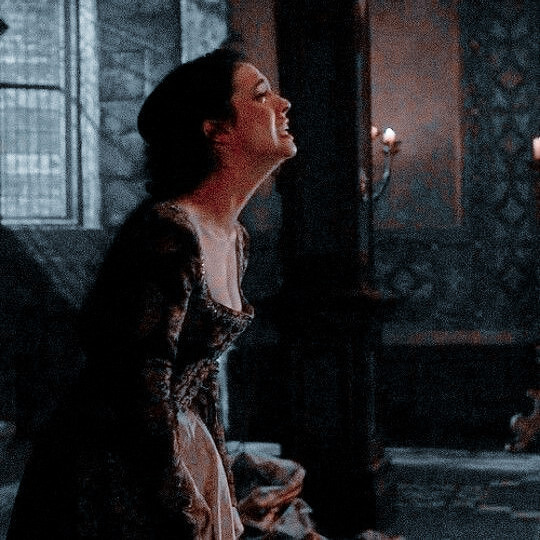
– juana i de trastámara ; infanta of spain, duchess consort of burgundy, queen of castile, aragon, valencia, mallorca, navarre, naples, sicily, sardinia and countess of barcelona was born on this day, 6th of november of 1479
#juana i de castilla#joanna of castile#juana the mad#house of trastamara#spanish history#on this day in history#weloveperiddrama#women in history#perioddramaedit#isabel tve#la corona partida#irene escolar#myedit*
56 notes
·
View notes
Text
Time Travel Question 26: Ancient History XIV and Earlier
These Questions are the result of suggestions from the previous iteration.
This category may include suggestions made too late to fall into the correct grouping.
Please add new suggestions below if you have them for future consideration. All cultures and time periods welcome.
#Dʿmt#Time Travel#Ötzi#Bronze Age#Prehistory#The Bible#Siddhartha Gautama#Jesus of Nazareth#Religious History#Early Humans#Ötzi the Iceman#Textiles#History of Textiles#Ethiopian History#Slavic History#Lechitic Peoples#Lost Literature#The Tully Monster#Iberia#Spanish history#Ancient World
89 notes
·
View notes
Photo

(Photo: Carmen Escobar Carrio)
Juana Galán - Heroic guerrillera
When the French invaded Spain during the Peninsular War, some women were determined to resist. Among them was Juana Galán (1787-1812), the daughter of a prosperous tavern keeper.
On June 6, 1808, a column of 1,000 enemy troops attacked the town of Valdepeñas. Juana rallied the townswomen under her command. They manned the windows and threw boiling water and oil at the enemy.
Juana went to the street armed with a club. She reportedly pulled several French soldiers from their horses and dispatched them with a blow to the head. The townspeople’s fierce resistance forced the French to retreat and never return.
Juana didn’t live to see the end of the war. She died in 1812 while giving birth to her daughter. Her legacy lives on and she was made a local heroine and a symbol of resistance. She now has her own monument in Valdepeñas.
Like Juana, other women fought in desperate situations or during riots, sometimes with improvised weapons. In 1809, an unnamed woman armed with a sword rallied the inhabitants of Penafiel (northern Portugal) and led them in battle against the raiders. In 1811, María Marcos, a tavern keeper from La Palma del Condado, played a key role in repelling a small group of French soldiers.
There were also cases of women involved in guerrilla warfare. The Catalan Somatén, a paramilitary defense organization, had female members such as María Escoplé, Magdalena Bofill, Margarita Tona, María Catalina and Catalina Martín. Francisca de la Puerta reportedly fought in Extremadura and commissioned the Junta of her province for permission to form her own guerrilla band.
Wanting to avenge her father and brother, Martina de Ibaibarriaga Elorriagafora disguised herself as a man and led a guerrilla band until she gained a commission in the Spanish army. An unnamed woman was given the command of a troop by the Junta of Molina de Aragón in 1809. A British officer also mentioned women serving with bands of irregulars as active combatants.
For more heroines of the Peninsular War, see Agustina de Aragón.
Feel free to check out my Ko-Fi if you want to support me!
Further reading
Esdaile Charles J., Women in the Peninsular War
Sheldon Natasha, “Juana Galan: A Spanish Heroine of the Peninsula War”
#Juana Galán#history#women in history#spain#spanish history#peninsular war#napoleonic wars#19th century#women's history#warrior women#war#women warriors#historyblr#badass women#historicwomendaily#historical ladies#warriors
69 notes
·
View notes
Photo

Agustí Centelles. German bombing over Lleida. 1937
Follow my new AI-related project «Collective memories»
#BW#Black and White#Preto e Branco#Noir et Blanc#黒と白#Schwarzweiß#retro#vintage#Agustí Centelles#Spanish Civil War#Spain#Spanish history#1937#1930s#30s#war#guerra#history#historico#histoire#história#Geschichte#記録#史籍#由来#historia#histórico#historyczny#역사#역사적
32 notes
·
View notes
Text
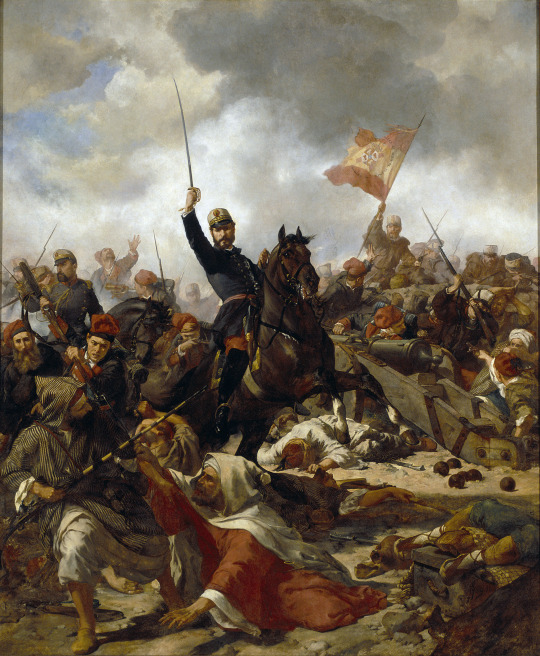
Francesc Sans Cabot (Spanish, 1834-1881)
General Prim at the Battle of Tetuan, 1865
Museu Nacional D'Art De Catalunya
#Francesc Sans Cabot#spanish#spanish art#1800s#art#fine art#european art#classical art#european history#spanish history#tetuan#general prim#battle of tetuan#europe#european#oil painting#fine arts#mediterranean#europa#southern europe#classic art#art history#historical art#spain#espana#traditional art#hispanic
89 notes
·
View notes
Photo
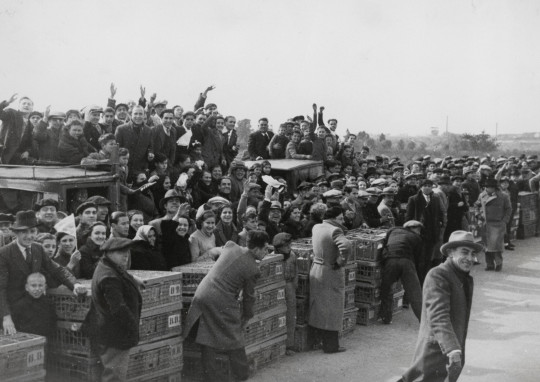

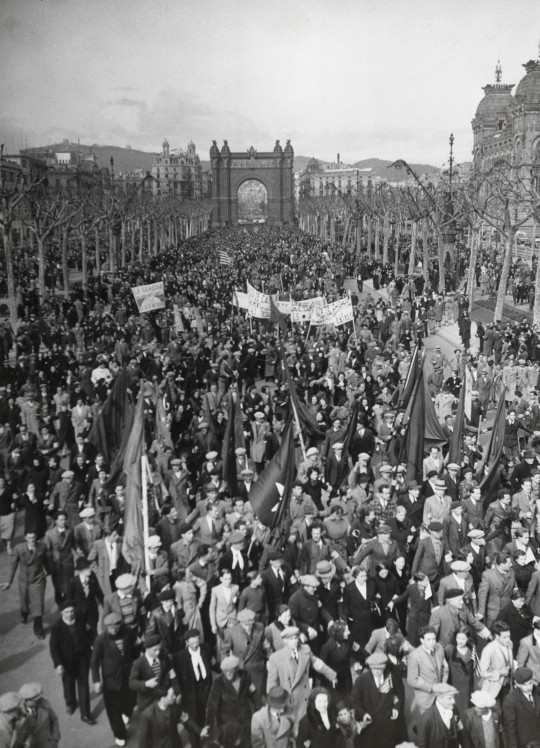

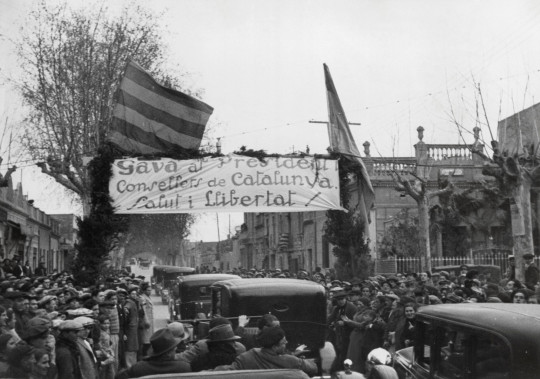

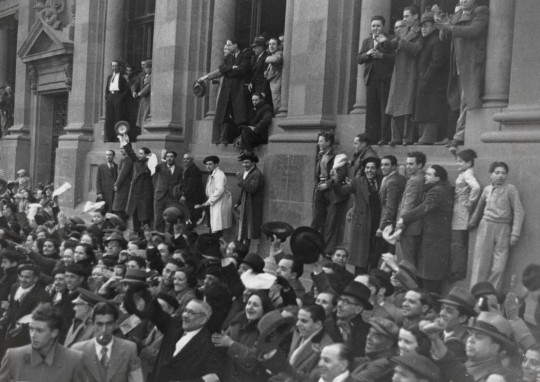

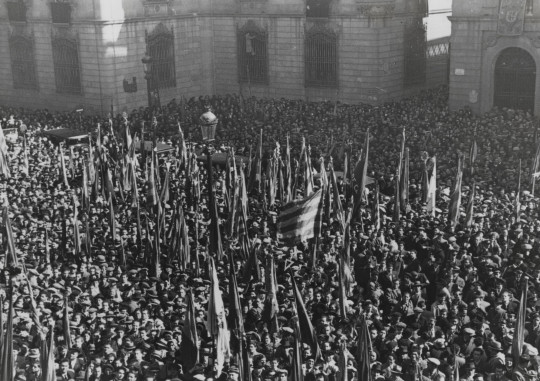

1st of March, 1936.
People on the streets of Barcelona (capital city of Catalonia) welcoming the president of Catalonia Lluís Companys and other members of the democratically-elected government of Catalonia, who had been arrested and jailed after the October Events (Fets d’Octubre) of 1934.
Context: As the Spanish government became more and more conservative, leaving important decision-making positions to fascists and reactionary monarchists, Catalonia was leaning every time more towards the left and republicanism (anti-monarchy). The Republican Left of Catalonia (ERC) party had won the elections in Catalonia and the anarchist union CNT kept growing in members. The difference was absolute. And it got even worse when the Spanish Government cancelled the newly approved law of the Catalan Government that protected landless agricultural workers against the abuses of landowners (the Spanish Government claimed that important decisions like this were exceeding the power of a regional government, even when Catalonia’s inhabitant massively claimed in favour of this law).
To put an end to this situation, the government of Catalonia organized a Revolutionary Committee (Comitè Revolucionari) with people from many different Catalanist organizations to prepare a response. Most trade unions declared a general strike against the Spanish government and, on October 6th, Lluís Companys went on the balcony of the Government of Catalonia (the balcony overlooks a big square where a huge crowd had gathered) and declared the Catalan state inside the Spanish federation.
As a response, the Spanish government declared the state of war in Catalonia and sent the army to arrest all the Catalan government. The Spanish army shot against the population who was defending the institutions, killing 74 people and injuring 252, including members of the Catalan Proletarian Party, the Communist Party of Catalonia, Catalan State, the Workers’ and Peasants’ Block, the CNT, and other civilians. On the other side, the revolutionaries who defended themselves from the army killed 12 soldiers and 2 military policemen (guardia civil), and 10 civilians who died as part of crossed fire.
The Catalan State only lasted 10 hours. The Spanish army, on top of killing and injuring all those people, also arrested more than 3,500 people, including all members of the democratically-elected Government of Catalonia, many mayors and MPs, and leaders of other Catalan leftist parties and unions. The members of the Government of Catalonia were judged and sentenced to 30 years of prison, the Government of Catalonia was abolished and Catalonia became direct subject of a Spanish military governor chosen by the Spanish government. 129 city councils around Catalonia, where the election winner had been ERC, were also abolished and given to conservative parties. The Spanish government also used the opportunity to once again impose Spanish as the only language to be used in official documents in Catalonia (during the Republic, Catalan had been legalized); ban many of the most popular Catalan newspapers, including La Publicitat, L’Opinió, La Humanitat, El Diluvio, Solidaridad Obrera (this one is the CNT’s newspaper) and La Rambla; turned the Parliament of Catalonia into a military barrack; prohibited the activities held by pro-Catalan/leftist parties, unions and associations and closed their headquarters. Of course, they also made sure that the law that protected the agricultural workers remained illegal, and did 1,400 trials against landless agricultural workers affected by this law to evict them from the fields.
The Spanish Government didn’t lift the state of war in Catalonia until April 1935. The Government of Catalonia was restored but with little power, it wouldn’t get back the power that it had before the October Events (which, as you saw, already wasn’t that much) and restore democracy in Catalonia until the general elections of February 16th 1936. The leftists won the elections and the people in prison for the October Events were given an amnesty, this is where the pictures you saw above are from.
However, this reinstalled (partial) democracy did not last for long. The fascist Spanish nationalists are sore losers and couldn’t accept that the right-wing had lost the elections in Spain, so they did a coup, starting the Spanish Civil War (1936-1939). The war would be won by the fascists, starting a fascist dictatorship that lasted until 1978, based on the concepts of national-Catholicism, anti-labour, hatred of national minorities like Catalans, and strict patriarchal gender behaviour codes.
Knowing that they would be killed if found by the fascists, Lluís Companys and the rest of members of the Government of Catalonia left Barcelona at the last moment, when the fascist troops were entering the city. They escaped to France, but the Spanish fascist government asked the Gestapo (secret police of Nazi Germany) to search for them and sent them to Spain. In August 13th 1940, the Gestapo found Lluís Companys in Paris, arrested him and sent him to Madrid (Spain’s capital city). He was judged by a military court-martial and sentenced to death, and the next day he was executed. He was 58 years old. His last words, right before getting shot, were “for Catalonia!”.
Lluís Companys is the only democratically-elected president to have been executed by a fascist government in Europe’s history. Between the entrance of fascist troops in Barcelona (January 26th 1939) and Lluís Company’s execution (October 15th 1940), the Spanish fascist government had already officially executed 2,760 people in Catalonia, and more would follow.
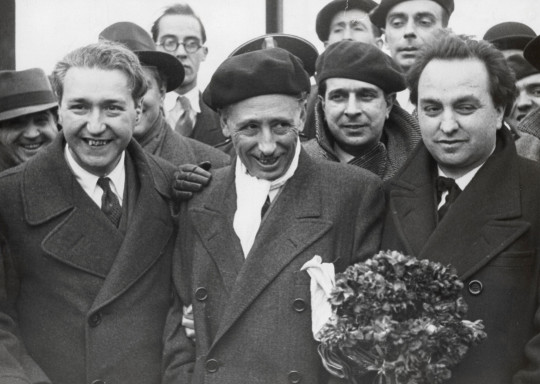
In the centre of the photo, Lluís Companys (the one wearing a beret) receiving a flower bouquet upon his return to Catalonia after the amnesty.
(Photos: Arxiu Fotogràfic de Barcelona)
#història#catalunya#lluís companys#barcelona#spanish civil war#catalonia#democracy#history#20th century history#1930s#historical photos#historical#catalan#independence#european history#spanish history#guerra civil#photojournalism#antifascist#antifa#national liberation
47 notes
·
View notes
Text

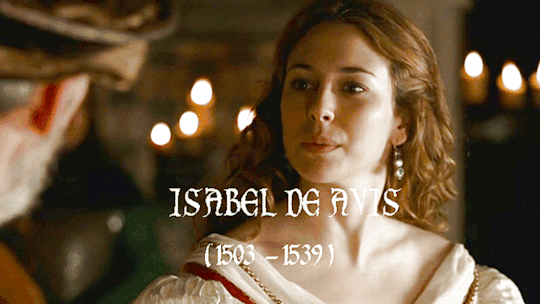

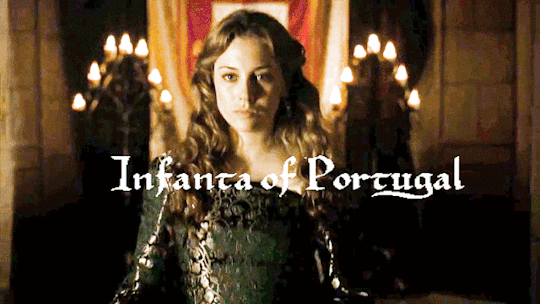

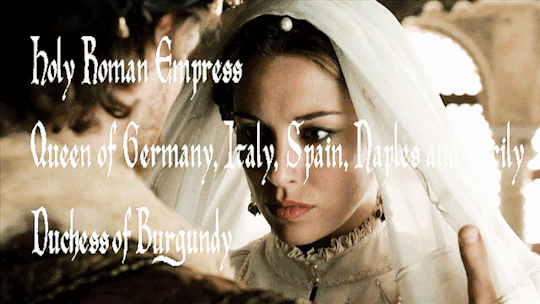

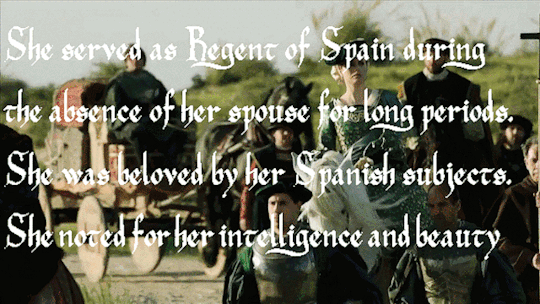
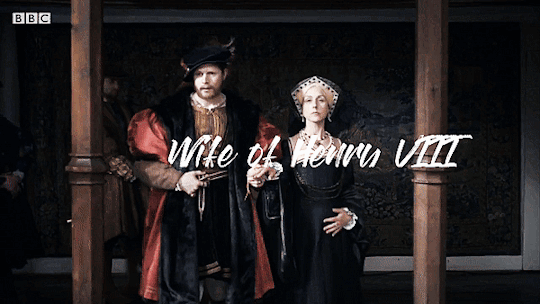
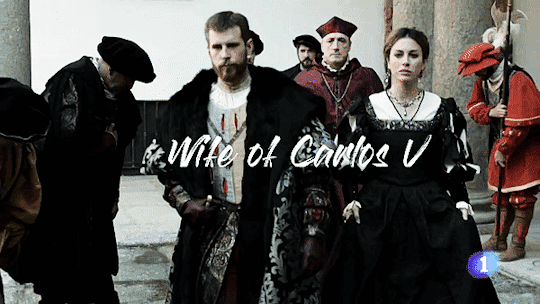

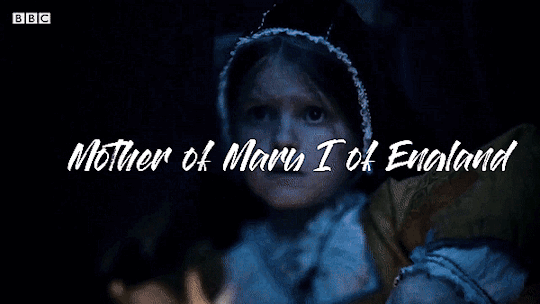
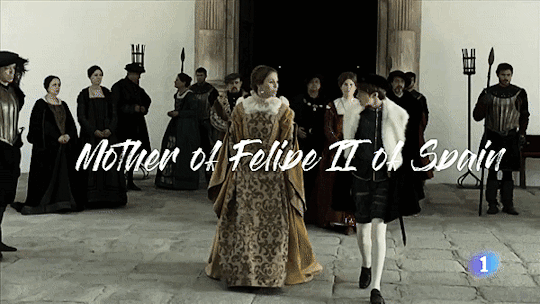

#katherine of aragon#catherine of aragon#catalina de aragon#isabella of portugal#isabel de portugal#mary i of england#felipe ii#spanish history#english history#charles v#henry viii#perioddramaedit
29 notes
·
View notes
Text
On This Day In History
October 27th, 2017: Catalonia declares independence from Spain. The Spanish government responded by imprisoning several Catalonian leaders (later pardoned) and enforcing stricter rule on the region.
57 notes
·
View notes